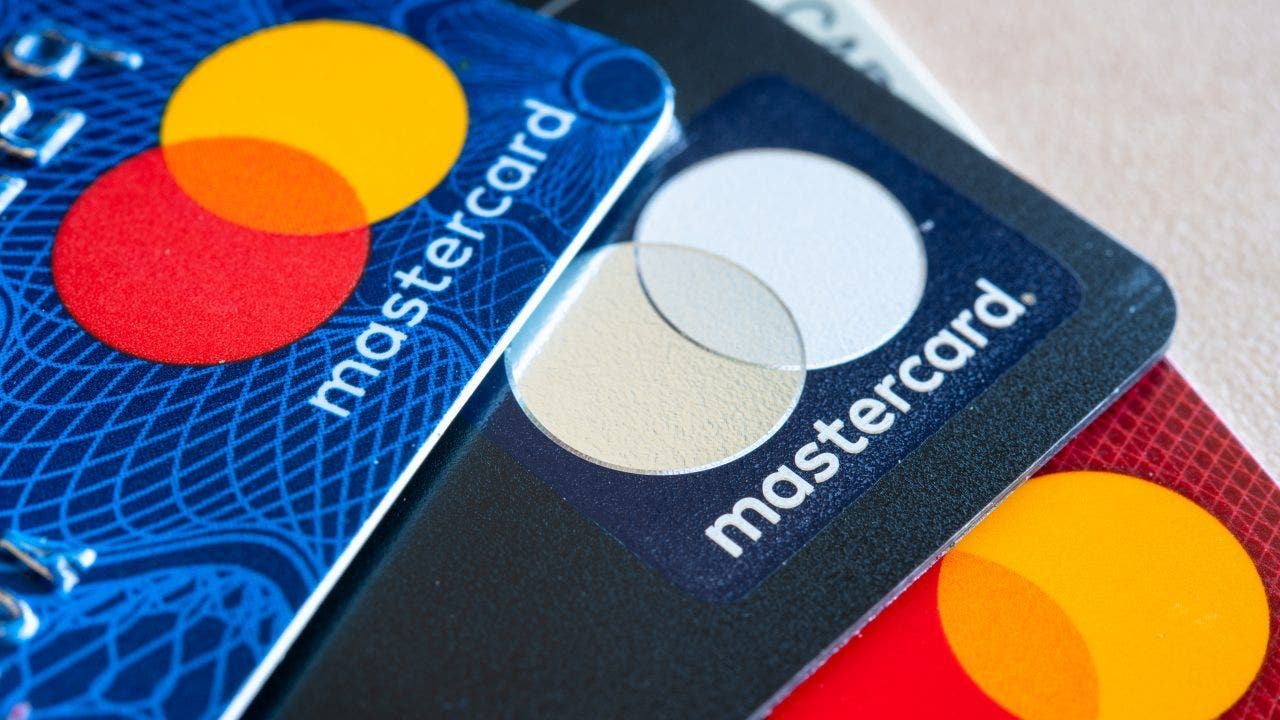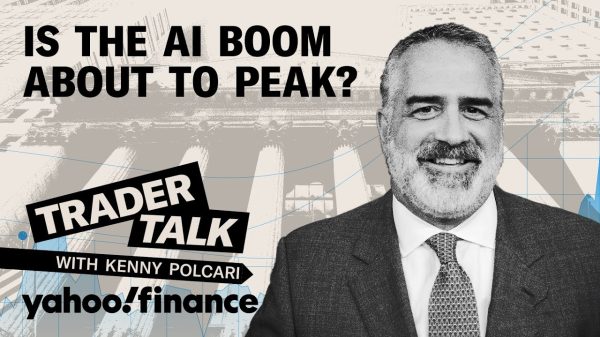Americans are drowning in credit card debt as stubborn inflation makes the cost of everyday necessities more expensive.
The New York Federal Reserve Bank’s Quarterly Report on Household Debt and Credit, slated for release on Tuesday morning, is expected to show that credit card debt soared to a historic $1 trillion in the three-month period from April through June, according to LendingTree.
That will smash the previous high of $986 billion.
The $1 trillion figure would mark a major reversal from just three years ago when households were rapidly paying off credit card debt with the stimulus payments they received during the COVID-19 pandemic.
CREDIT CARD DEBT RISING IN DOUBLE-EDGED SWORD FOR THE ECONOMY
| Ticker | Security | Last | Change | Change % |
|---|---|---|---|---|
| V | VISA INC. | 241.51 | +2.52 | +1.05% |
| MA | MASTERCARD INC. | 396.87 | +5.52 | +1.41% |
| JPM | JPMORGAN CHASE & CO. | 156.82 | +0.78 | +0.50% |
| BAC | BANK OF AMERICA CORP. | 31.88 | +0.58 | +1.85% |
| DFS | DISCOVER FINANCIAL SERVICES | 102.94 | +0.57 | +0.56% |
“I think it’s fairly clear that what we’re seeing now is becoming more and more about people struggling in the face of ongoing inflation and seemingly constant rising interest rates,” Matt Schulz, the chief LendingTree credit analyst, previously told FOX Business. “It’s a tough time.”
The rise in credit card usage and debt is particularly concerning because interest rates are astronomically high right now. The average credit card annual percentage rate, or APR, hit a new record of 20.53% last week, according to a Bankrate database that goes back to 1985. The previous record was 19% in July 1991.
If people are carrying debt to compensate for steeper prices, they could end up paying more for items in the long run. For instance, if you owe $5,000 in debt — which the average American does — current APR levels would mean it would take about 309 months and $21,537 in interest to pay off the debt making the minimum payments.
A FED PAUSE LIKELY WON’T HELP STRUGGLING CONSUMERS
“It’s been a really rough year for credit card holders,” Schulz said. “Even though the Fed seems to be taking their foot off the gas with interest rates, the unfortunate reality is credit card holders shouldn’t expect things to get a ton better anytime terribly soon, just because interest rates aren’t going down anytime soon.”

The inflation spike has created severe financial pressures for most U.S. households, which are forced to pay more for everyday necessities like food and rent. The burden is disproportionately borne by low-income Americans, whose already-stretched paychecks are heavily affected by price fluctuations.
Inflation has fallen from a peak of 9.1% hit in June 2022, but it remains about double the pre-pandemic average. The Labor Department reported last month that the consumer price index, a broad measure of the price for everyday goods including gasoline, groceries and rents, rose just 3% in June from the previous month. However, core prices remain well above the Fed’s 2% target.
Schulz encouraged credit card holders with debt to explore their options, including calling and asking for a lower credit card APR, getting a 0% balance transfer credit card, reassessing their budget in order to better tackle the debt, exploring a high-yield savings account to take advantage of high interest rates and focusing on improving their credit score.
“The truth is that you cannot make a meaningful plan to tackle debt if you don’t know exactly how much money is coming in and going out of your household each month, so take the time to check out your budget and see what needs to be tweaked,” he said. “You may not like what you see, but it is better to deal with the reality of the situation than to bury your head in the sand.”
Read the full article here









